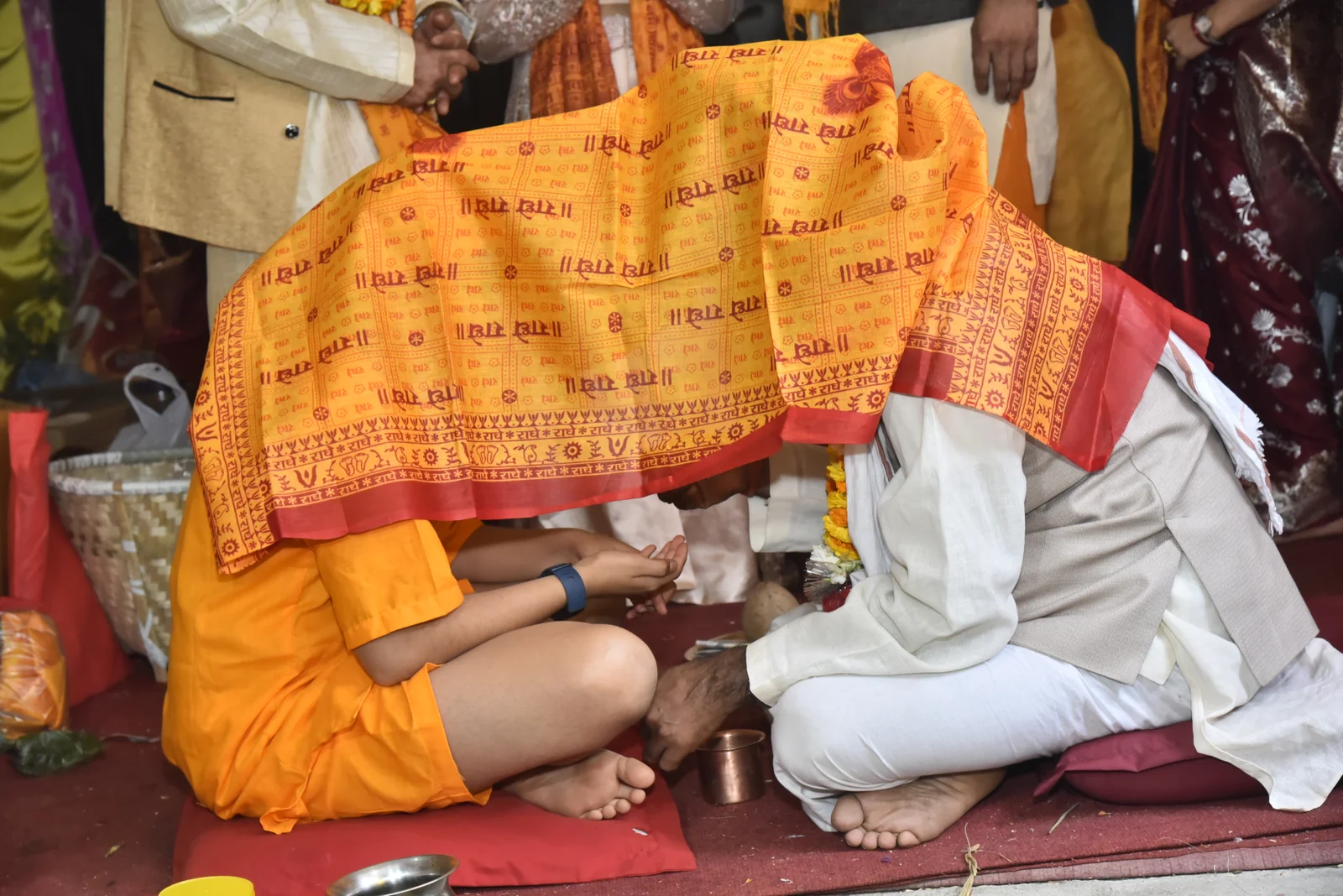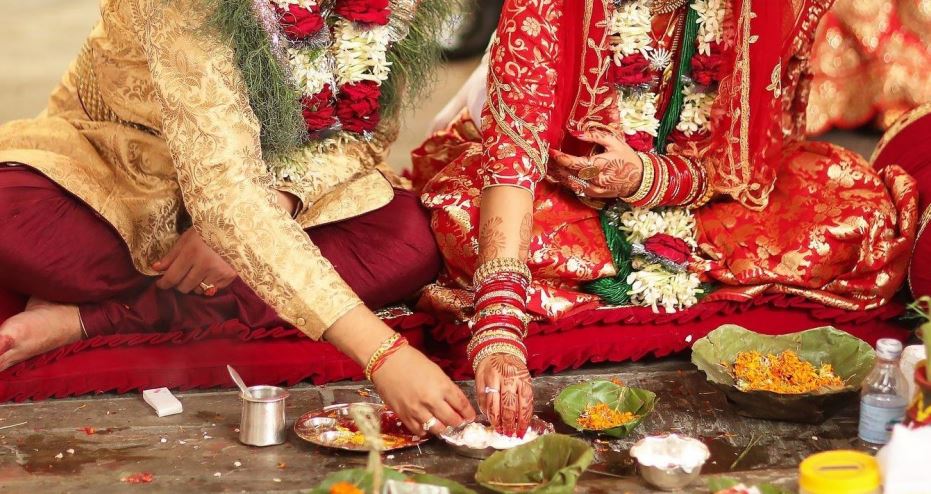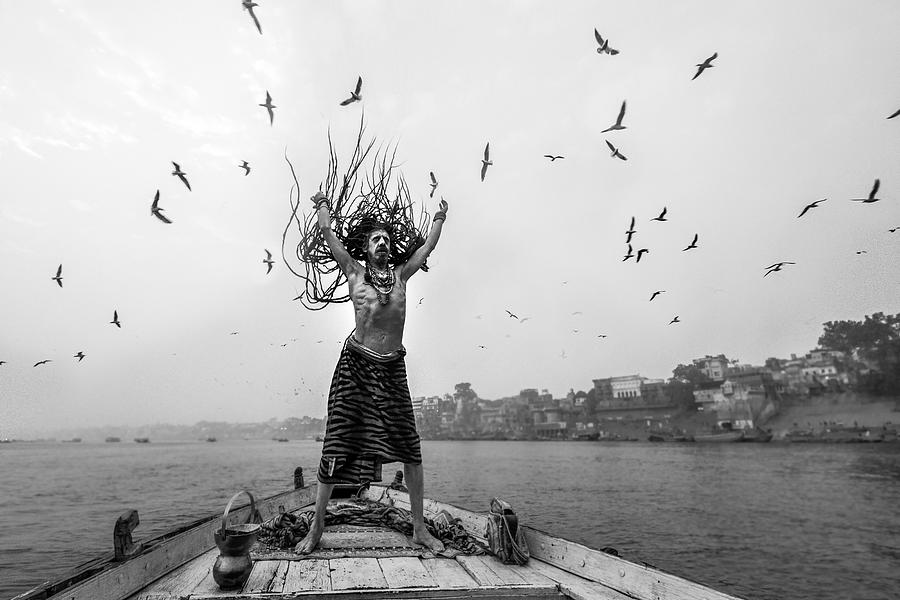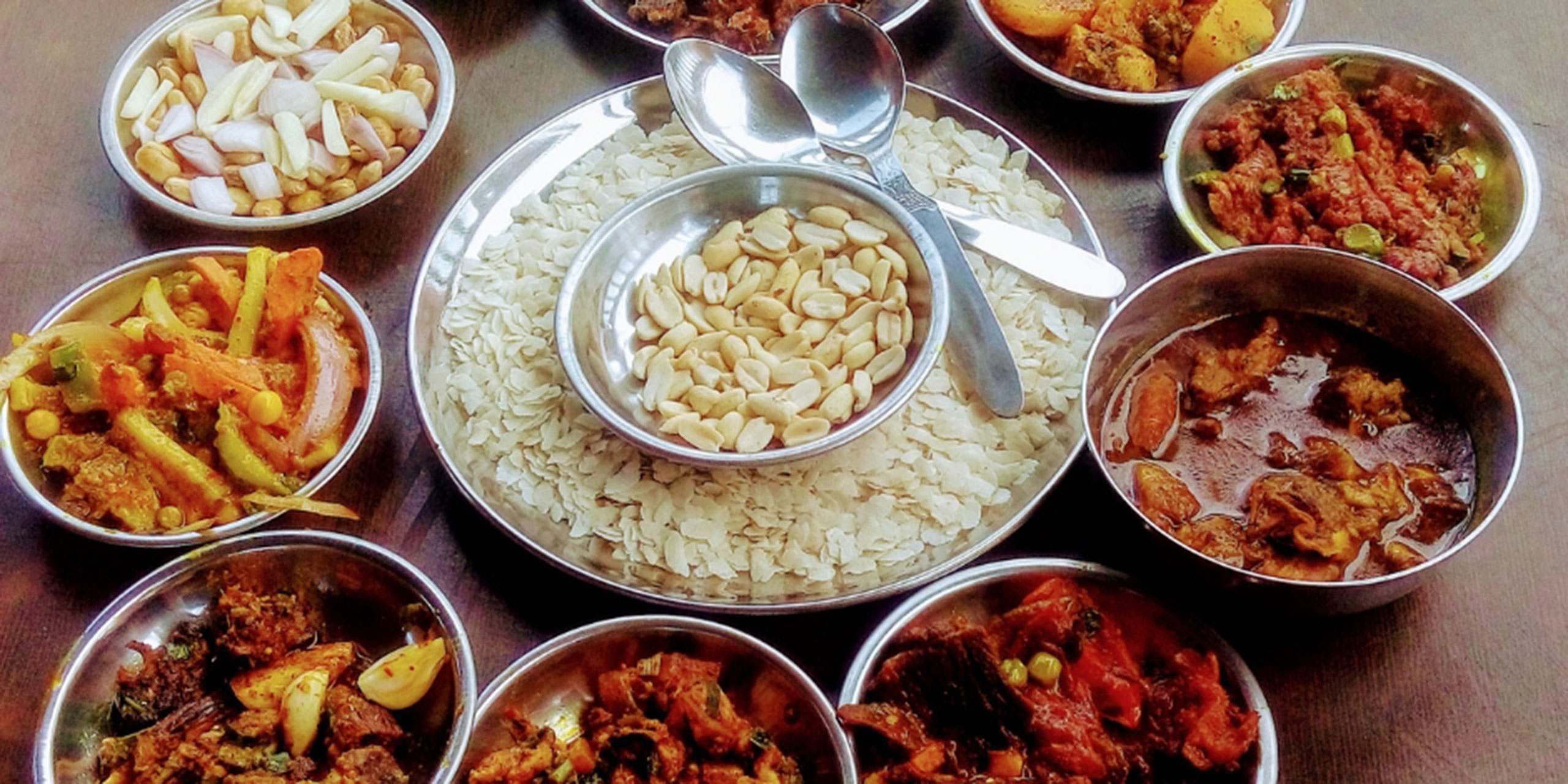Share this Article

Panchakarma is a time-honored Ayurvedic purification and rejuvenation process that originated in India, aimed at cleansing the body of toxins while balancing the mind and spirit. In the isolated villages of Nepal, this ancient therapy is practiced in deeply traditional and discreet ways. Passed down from generation to generation, the knowledge resides with spiritual healers or village elders who consider these rituals sacred. Rooted in cultural and spiritual life, Panchakarma in these regions takes a holistic view of healing, blending physical treatment with spiritual purification.
Understanding Panchakarma
The word Panchakarma derives from the Sanskrit terms "pancha" (meaning five) and "karma" (meaning actions), referring to five core cleansing therapies designed to eliminate bodily toxins. These procedures restore harmony among the three doshas—Vata, Pitta, and Kapha—which are believed to regulate the body’s internal systems in Ayurvedic philosophy.
In Nepal, these treatments are carefully administered by traditional healers who often inherit their skills through familial or spiritual lineage. They are carried out with great care, often combined with practices such as chanting, meditation, and ritual offerings to deities. The practice is not just medical but spiritual, reflecting a deep reverence for the balance between body and soul.
The Secrecy Behind the Rituals
In Nepal’s secluded rural areas, Panchakarma is protected with a sense of secrecy and respect. These rituals are only revealed to and practiced by a select few, preserving their sanctity and safeguarding them from modern commercialization. Access is limited to those who are spiritually prepared or physically ready to undergo the treatments, maintaining authenticity and preventing misuse. This approach ensures that Panchakarma remains a deeply respected tradition rather than a diluted wellness trend.
The Five Essential Treatments
Panchakarma includes five key therapeutic techniques, each serving a unique function in detoxifying and balancing the body:
-
Vamana (Therapeutic Emesis): This involves induced vomiting to clear excess mucus (Kapha) from the upper body and is used for respiratory and digestive health.
-
Virechana (Purgation): A cleansing of the bowels through herbal laxatives, primarily targeting the liver and intestines to balance Pitta.
-
Basti (Herbal Enemas): This enema-based therapy is central to Panchakarma. Using herbal infusions, it purifies the colon and helps regulate all three doshas.
-
Nasya (Nasal Therapy): Through the administration of medicated oils via the nostrils, this procedure addresses issues in the head and neck region, such as sinus problems or migraines.
-
Raktamokshana (Bloodletting): A less commonly practiced procedure, bloodletting removes toxins from the bloodstream and is employed in conditions linked to blood impurities.
Cultural and Spiritual Context
In these Nepali villages, Panchakarma is more than just a health treatment—it is a cultural ceremony. These rituals are performed during spiritually significant times, often aligned with the lunar calendar or seasonal shifts. Rituals include offerings, mantras, and meditative practices, transforming the therapy into a sacred experience.
The goal is not just bodily healing but spiritual purification and emotional restoration. It’s considered a journey of transformation, deeply aligned with the rhythms of nature and the cosmos, and performed with great spiritual devotion.
Shamans and Traditional Healers
These sacred rituals are typically overseen by village shamans or Ayurvedic healers—respected figures within the community. These individuals possess extensive knowledge of local plants, spiritual disciplines, and Ayurvedic medicine. Beyond providing treatment, they act as spiritual mentors, helping patients navigate emotional and spiritual healing. The treatments are often administered in natural and secluded locations, away from public view, reinforcing the ritual’s sacredness.
Natural Ingredients and Local Remedies
A defining feature of Panchakarma in Nepal is the use of locally sourced, organic ingredients. Herbs like neem, turmeric, ginger, and basil are commonly used, processed using age-old techniques into oils, pastes, or teas tailored for specific ailments. The reliance on local biodiversity emphasizes a close bond between the healing practices and the surrounding natural world.
Mental, Emotional, and Spiritual Healing
Panchakarma is considered not just a detox for the body but also a purifier of the mind and spirit. The process aims to release negative energy, emotional blockages, and stress, guiding individuals toward inner peace and clarity. The use of prayer, mantras, and meditation helps strengthen this mind-body connection, illustrating Ayurveda’s holistic belief in interconnected well-being.
Isolation and Reflection
The setting for these rituals is typically tranquil and removed from the bustle of daily life. This seclusion is intentional, giving patients a chance to reflect, meditate, and detach from external distractions. Silence, introspection, and mindfulness are encouraged, allowing for deeper internal healing and spiritual growth.
Nature and Sacred Spaces
The ritual sites are carefully chosen for their natural beauty and spiritual significance—often in the forest, near rivers, or in the mountains. These locations are considered energetically powerful, and the practices are believed to draw strength from the natural elements. Nature is not just the setting—it is part of the therapy, contributing to the individual’s rebalancing and renewal.
Modern Challenges and Cultural Preservation
Despite its enduring legacy, the traditional practice of Panchakarma is under threat from modernization. Younger generations migrating to cities and the influence of Western medicine have contributed to a decline in traditional knowledge. Efforts are being made by community leaders and practitioners to preserve these rituals through teaching and careful documentation. Yet, due to the ritual’s secretive nature, preserving it in its truest form is a delicate task.
Beliefs and Benefits
Those who undergo Panchakarma often report a wide array of benefits—from physical detoxification and increased vitality to emotional clarity and mental peace. It’s considered a way to reconnect with one’s inner self, establish harmony, and enhance overall health through the balance of the doshas.
The Rise of Wellness Tourism
In recent years, Panchakarma has begun attracting the attention of tourists and wellness seekers. Some remote areas have started offering Panchakarma retreats that promise authentic experiences. However, concerns remain about the potential commercialization of this sacred tradition, as the essence of the practice is difficult to replicate in a tourist-centric setting.
Conclusion
The age-old Panchakarma rituals of Nepal’s remote villages represent more than just an Ayurvedic treatment—they are a way of life, a sacred journey toward wholeness. With a foundation built on natural medicine, spiritual guidance, and cultural reverence, these healing practices offer an extraordinary blend of ancient wisdom and spiritual depth. While the pressures of the modern world pose a risk to their survival, continued efforts to preserve and honor these rituals are essential. Panchakarma remains a powerful symbol of Nepal’s spiritual and cultural legacy—one that continues to heal, inspire, and mystify.
Categories:
Culture & Traditions
Tags:
Panchakarma rituals
,
Nepal’s spiritual







